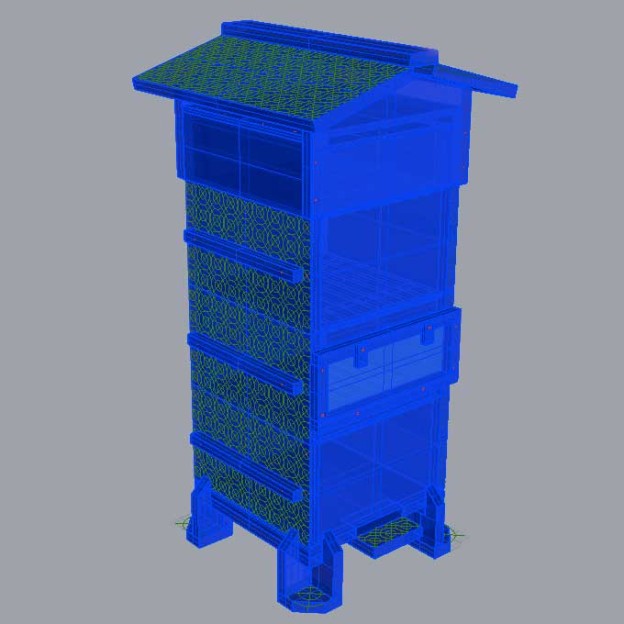OpenSource Beehives is a collaboration between OKNO and Fab Lab Barcelona.
The approach is to work on an Open Structures version of a Warré beehive model for sustainable beekeeping. We start to fablab this model early april 2013 and it is installed in Brussels and Valldaura (Barcelona) in spring 2013.

The project ‘Guerilla Beehives’can have an exemplary meaning for the audience if it comes to the public perception sustainability. It is a collaboration between the arts, design and science.
This is the end of the anthropocene. We imagine an ecosystem where all actors collaborate to keep up the resilience of the system. As artists, gardeners, makers and thinkers, we collaborate with animals, plants, insects and bacteria. … (read more…)

First I adapted 2 capped honeyframes from the size of a Kempische hive to the size of a Warré hive – I had to make the frames a lot smaller. As I had to cut into the honey cells, this became quickly a very dirty setup. … (read more…)

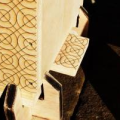
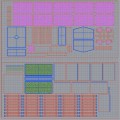
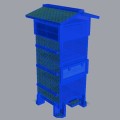
All info on sustainable beekeeping following the Warré method: beekeeping for all . More info can be found here: warre biobees.
Plans for building a Warré hive can be downloaded here : warre beehive plans. The site is a sort of manual if you want to keep bees with the Warré method, it provides a lot of information on specific tools, plans for hives and even a life, and techniques for using the … (read more…)
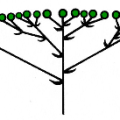
Calendula officinalis, Malva, brassicaceae, Quercus ilex, Arbutus unedo, erica, blackberries, Hedera helix, Ruscus aculeatum, Lobularia maritima, Sambucus nigra, wild mint, cherries, apples, strawberry tree, Rubia peregrina, Ruta graveolens, Asphodelus fistolosus, Diplotaxis erucoides, almond, apricot, Plantago lanceolata and Plantago major, wild lavender, Viburnum (tinus), Foeniculum vulgare, Populus nigra (good for propolis), Celtis australis (edible), Chelidonium majus (stinkende gauwe – medicinal), Fragaria vesca, Urtica (netel), Bursa pastoris, Hypericum perforatum, Thymus, Rosmarinus, Asparagus acutifolius, Melissa, Santolina chamaecyparissus … (read more…)

